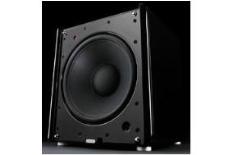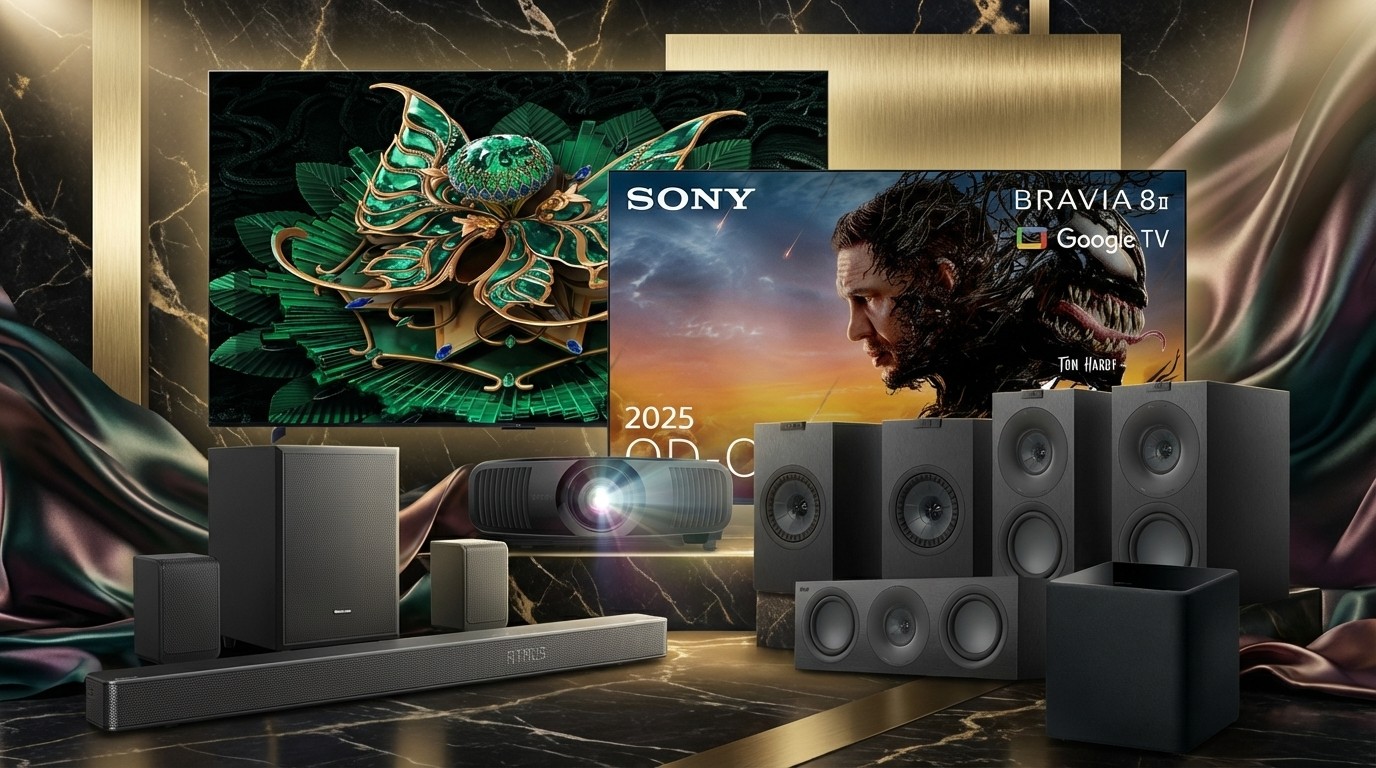What Hi-Fi? Verdict
A fabulous home cinema subwoofer: if you’ve got the space, the money and the inclination, you’ve got to give it a listen
Pros
- +
Simply extraordinary power and depth
- +
sensational integration, thanks to its sophisticated equalisation system
Cons
- -
It’s huge
- -
the Wilson Benesch Torus and Eclipse TD 725SW are slightly more musical, but neither can rival it for movie muscle
Why you can trust What Hi-Fi?
The DD-18 is just plain mental. The thing is huge, black, and ever-so-slightly scary: its monstrous 18in-diameter Kevlar-reinforced drive unit (that's nearly 46cm!) is big enough to frighten small children.
Such bulk naturally raises sonic expectations. After all, as our colonial chums are so fond of saying, there's no substitute for cubic inches. The DD-18 undoubtedly has plenty of 'em to play with.
The Velodyne also packs in 1250 watts of Class D digital amplification, helping it deliver a claimed low-frequency response down to 14Hz.
Yet, while the excesses of its engineering can't help but raise a grin (and our anticipation), there's more to this beast than blunt force. Unusually, the DD-18 includes both video outputs and onboard low-frequency equalisation, designed to help you accurately integrate its output into your system.
The Velodyne can highlight the specific acoustic strengths and weaknesses of your living room, or of where you've chosen to place your subwoofer within it – or both.
Not easy to move
Moving it around your room (easier said than done) can help ‘dial out' some or all of the low-frequency colourations that stand between you and better sound, and with the DD-18's accurate data to hand, you stand a better-than-even chance of getting things spot on.
Or, if it's impossible to move the subwoofer for aesthetic reasons, you can use its onboard equalisation to achieve the same effect where it sits.
The latest hi-fi, home cinema and tech news, reviews, buying advice and deals, direct to your inbox.
Enough already: on with the action. Fire up a movie first: this is, after all, a THX Ultra2-certified sub, and surround sound is its natural habitat.
Sure enough, when the first explosion hits, the DD-18 smacks you firmly in the guts, thundering out gloriously controlled and utterly forceful bass with effortless, imperious authority.
No upper limit?
As with many equalized systems we've heard, it's so clean-sounding and accurate that you're initially fooled into thinking not much is going on.
However, that's only because what you're normally hearing is a combination of colouration and distortion. Not so here: try to find the DD-18's upper limits, and you find yourself giving up way before the subwoofer does.
Weaknesses are hard to pin down. The DD-18 is comfortable playing music, being both agile and accurate, it occasionally sounded ever-so-slightly slow.
For that reason, we'd suggest that if music was your priority, you might find the supernaturally agile £3000 Wilson Benesch Torus to be a fractionally better bet, or the Eclipse TD 725SW (£2700).
This subwoofer is big, it's bad, and if you turn it up it could even be dangerous to know.
What Hi-Fi?, founded in 1976, is the world's leading independent guide to buying and owning hi-fi and home entertainment products. Our comprehensive tests help you buy the very best for your money, with our advice sections giving you step-by-step information on how to get even more from your music and movies. Everything is tested by our dedicated team of in-house reviewers in our custom-built test rooms in London, Reading and Bath. Our coveted five-star rating and Awards are recognised all over the world as the ultimate seal of approval, so you can buy with absolute confidence.


